#mr. bloom
Explore tagged Tumblr posts
Text
Oh my god this is too sad. Also, side note, but I feel like there should be more fics about Bruce being an amnesiac during this arc? I know that we got to see cannon Dick's (heartbreaking) and Jason's (heartwarming) reactions to it, but what about the others?


Batman (2011) #48
#dc comics#batman#dc#bruce wayne#comic books#alfred pennyworth#scott snyder#amnesiac bruce#mr. bloom#superheavy
25 notes
·
View notes
Text

Part 2 of the Batman cryptids au
Feel free to let me know your thoughts :)
#my art#fan art#batman au#batman#mad hatter#dc mad hatter#cheshire dc#cheshire#clock king#clayface#D.A.V.E#the penguin#dc penguin#oswald cobblepot#tarantula#Crazy Quilt#polka dot man#killer moth#Mr. Bloom#dc fanart#dc au#dc comics
48 notes
·
View notes
Text
Okay, yeah, Mister Bloom is basically just "What if Slenderman, but a Batman villain?" but I still like him.
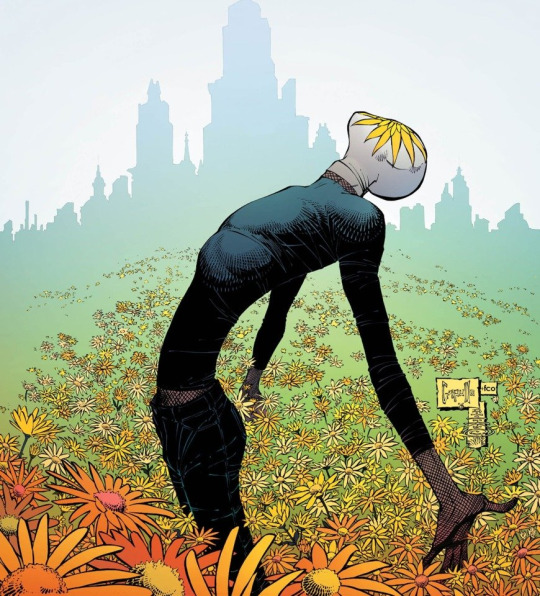
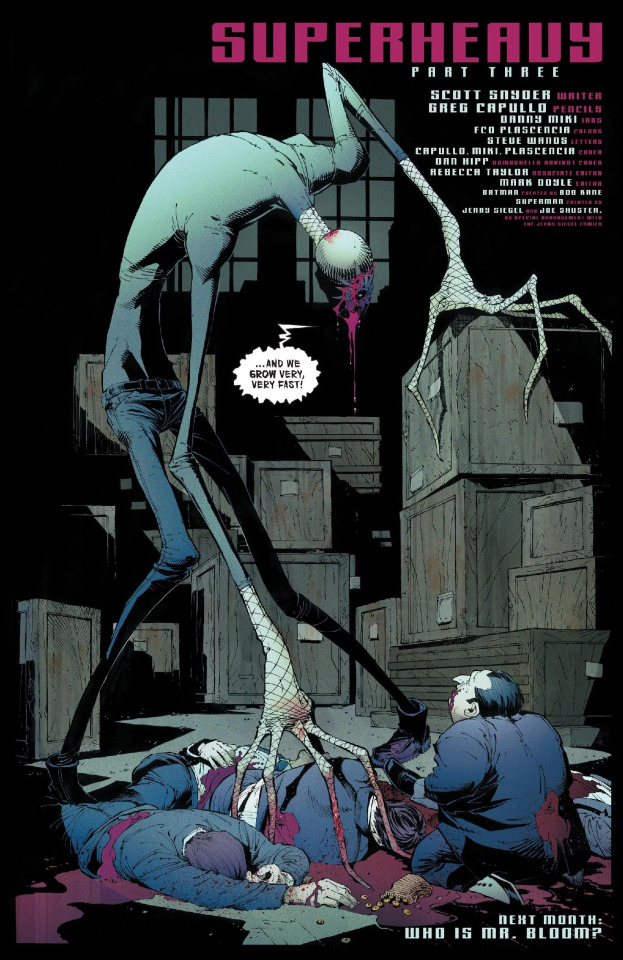
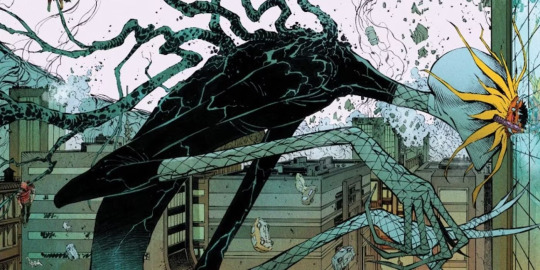
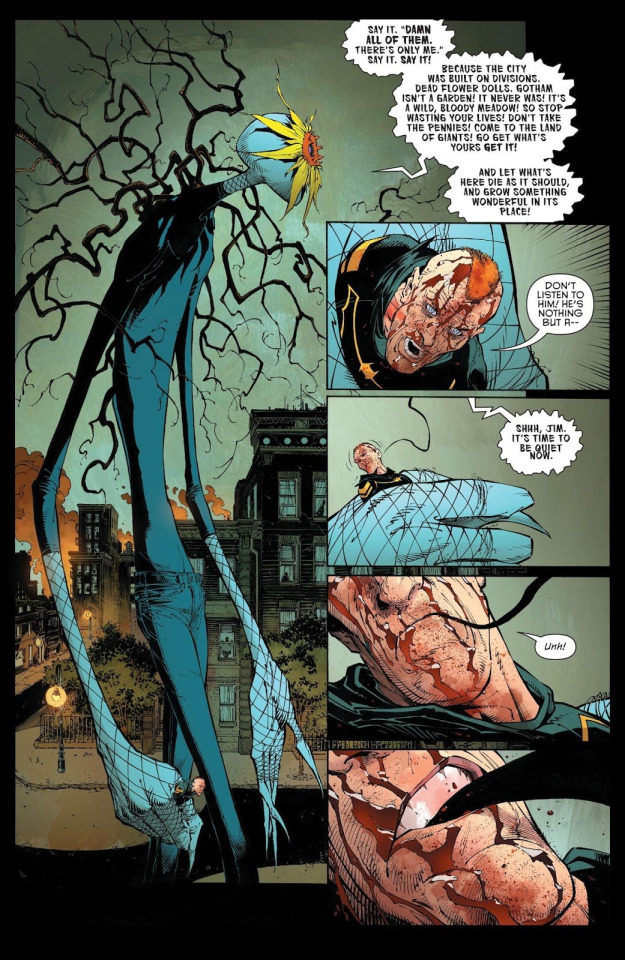
44 notes
·
View notes
Text
Botanic Tournament : Unspecific Flowers Bracket 2 !
Round 1 Poll 8


#botanic tournament#tournament polls#unspecific flowers bracket 2#unspecific flowers bracket#round 1#mr. bloom#mr bloom#mister bloom#dc#dc universe#dc comics#tokidoki#toki doki#cactus pups#tokidoki cactus pups#toki doki cactus pups#blossom tokidoki#tokidoki blossom
20 notes
·
View notes
Text


My bunsona firmly grasped in Mister Bloom's hand ( ´ ▽ ` )
4 notes
·
View notes
Note
Genuinely can't believe I found someone else who also likes Mr. Bloom. And I was thinking "Oh I bet their last post will be from like...2019 at best" and then I saw your last reblog is from 2 days ago??? Can't believe this honestly! Super glad to have found this blog
@feathery-dickmuffins
Sorry for the delay in answering, wanted to wait till I drew sumfin.

Hell yeah, I'm still active! I'll always come back to my babygrrrrl 'Flower Face McMurderhands'--He's got a good grip on me afterall uwu;;
Tbh I've been jonsing to draw him a lot lately with all the potent inspo that's been coming my way so expect more -hopefully- soon!
#I've been ill and my life has been consumed w treating my illness#but I've been getting better even if it's been a slow steep climb#munsona#more like bunsona#mister bloom#mr. bloom#mr bloom#my art#digital#featherydickmuffins#❀ out of cosmos ✿
10 notes
·
View notes
Text

3 notes
·
View notes
Text

Who the funk is Mister Bloom?
1 note
·
View note
Text
Bruce Wayne had at one point been working on a device to guarantee Gotham would always have a protector. In the event of his death, the machine could grow a clone of him and implant a copy of his memories into them, creating a new Batman to succeed him.
He eventually gave up on the idea before it ever came to full fruition.
But even in its incomplete state, he had created just enough for Clockwork to hijack it.
Phantom’s soul was in a perilous state, unlikely to survive without being attached to a new body. And luckily, the device provided an ideal way to facilitate that. Plus, the Waynes would undoubtedly support his recovery too. Well, at least once they got over the panic at his existence they would.
#yes that device was a real concept mentioned in a comic#i haven’t read the full comic it came from though (i just read one arc which it was mentioned in) so i could be missing some details#oh yeah btw the comic in question is the 2011 Batman thing - I saw it in the Mr Bloom arc#idk if he ever actually built the cloning part but he definitely made the memory part (which the story claimed was the tougher aspect)#so it feels plausible he *might* have#…also idk when Danny’s arrival would fall in bruce’s timeline exactly in relation to his ‘death’/amnesia in that story line#i have no idea how much time there was between his work on the device and that stuff happening#dp x dc#dpxdc#dc x dp#dcxdp#danny phantom x dc#danny phantom x dc crossover#oh also my intention wasn’t for this to be a de aging fic—i’d been figuring the clone would be at least Danny’s age (if not *Bruce’s* age)#though yeah it could be taken that way i guess
478 notes
·
View notes
Text
Begging on my knees for weather to become normal again 😭
#mr climate crisis please I'm sweating in spring coat in January#sakura tree blooms in Kyiv rn in the winter STOP THIS
68 notes
·
View notes
Text
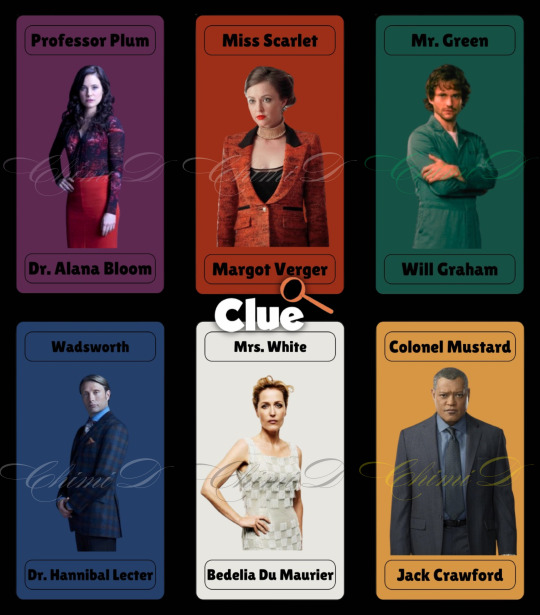
NBC Hannibal Clue, "The Great New Detective Game"
Plan a family game night!
#nbc hannibal#will graham#hannigram#hannibal lecter#jack crawford#alana bloom#margot verger#bedelia du maurier#redbubble#clue movie#clue 1985#tim curry#madeline kahn#christopher lloyd#colonel mustard#wadsworth#miss scarlot#Mrs. white#mr. green#professor plum#available on redbubble
58 notes
·
View notes
Text

I love featureless men
#dc fanart#onomatopoeia#mr bloom#dc comics#uhhh these two have zero interactions or anything and no content but#i just needed to do something with them so here#it was mostly experimental but then i got invested#got influenced by their original comic styles soo that's why they look different in here too... it wasn't intentional#but still cool in the end ig
142 notes
·
View notes
Text
I don't know if anyone made it before, but uh...

#blooming panic#bloomic#quest blooming panic#bloomic toasty#blooming panic xyx#xyx blooming panic#blooming panic toasty#blooming panic nightowl#blooming panic nakedtoaster#the incredibles#mr. incredible#quest#quest bloomic
485 notes
·
View notes
Text
I’m a woman of my word


Every 5000 steps I’ll draw a picture of Mr Puzzles as a pretty princess💕✨🎀
#art#mr puzzles#smg4#puzzle vision#smg4 fanart#smg4 mr puzzles#Mr puzzles is a pretty princess#smg4 puzzlevision#pikmin#pikmin bloom
103 notes
·
View notes
Text


!!!!HELLO MY LITTLE BLACKBERRIES!!!!
1 Week ago I watched "Once upon an smg4", and, I liked Mr. Puzzle's fairy costume, but it was kinda boring, well, I draw him in my style!!! And maybe now, it doesn't look so boring, and for HALLOWEEN, I made my character Estella in Layla's costume, and Maggy in Bloom's costume ))
Layla - from game Genshin Impact
Bloom - from club Winx
And yes, all of those costumes are from China, so they looking not really nice 😅 tomorrow I want to draw all smg4 team in halloween costumes, so just wait, and rate me 5 stars ⭐⭐⭐⭐⭐, it's really important for me))
#drawing#art#anime#digital art#cartoon#fanart#smg4#artists on tumblr#genshin impact#layla genshin impact#winx club#winx bloom#smg4 mr puzzles#mr. puzzles
43 notes
·
View notes
Text
That one guy

It's him, he does the thing.
34 notes
·
View notes